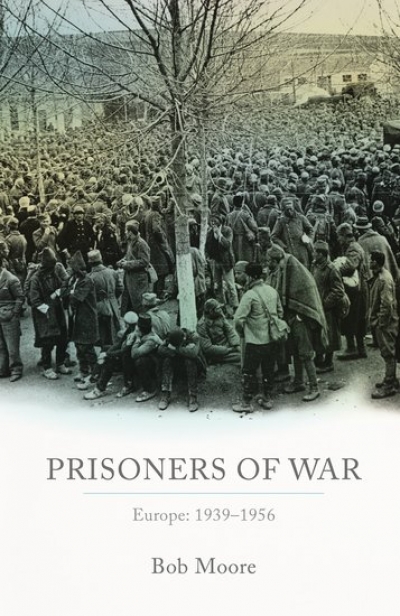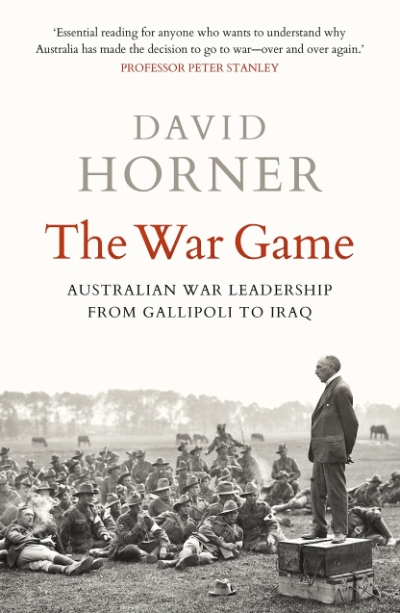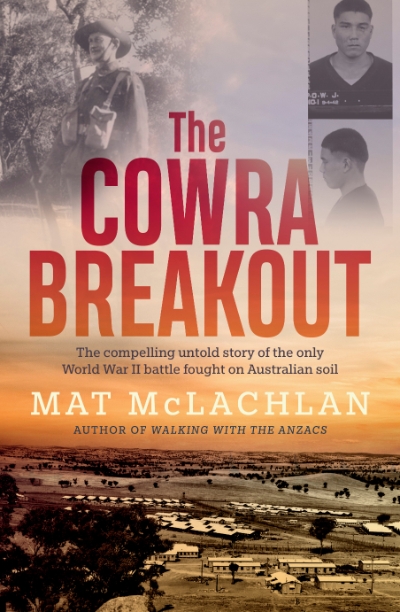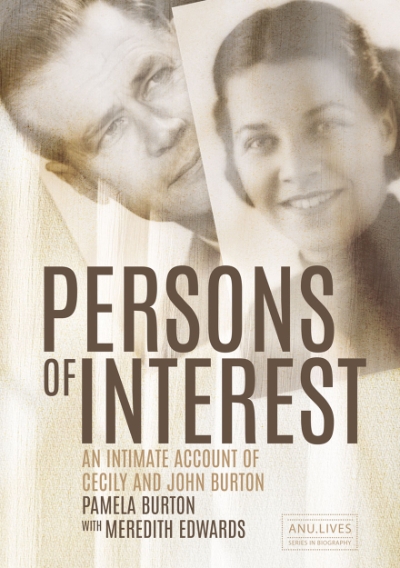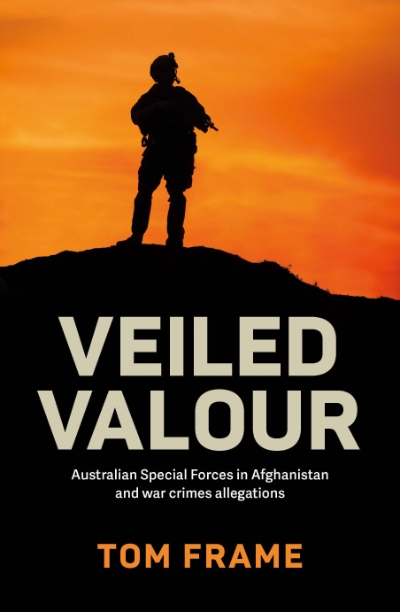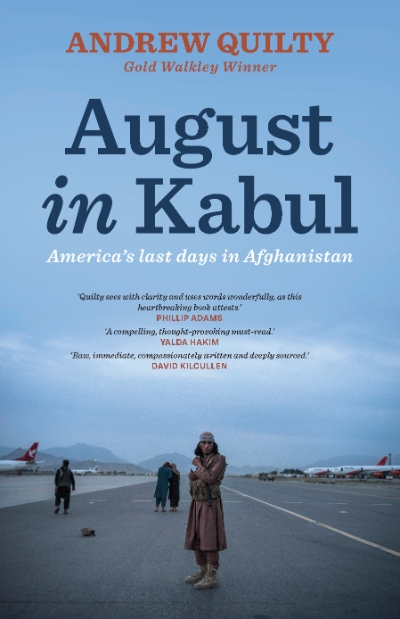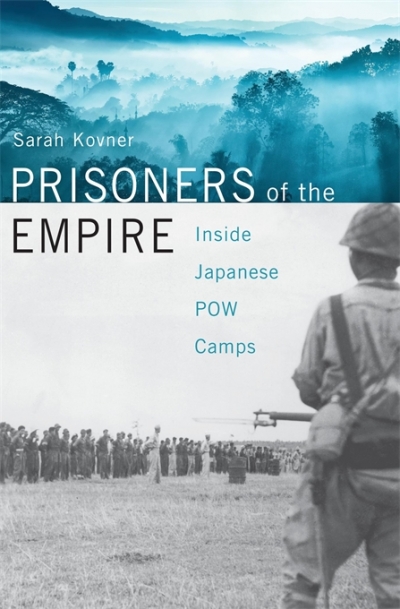War
The War Game: Australian war leadership from Gallipoli to Iraq' by by David Horner
by Peter Edwards •
Persons of Interest: An intimate account of Cecily and John Burton by Pamela Burton with Meredith Edwards
by Peter Edwards •
Veiled Valour: Australian Special Forces in Afghanistan and war crimes allegations by Tom Frame
by Kevin Foster •
August in Kabul: America’s last days in Afghanistan by Andrew Quilty
by Kieran Pender •
Australia’s Great Depression: How a nation shattered by the Great War survived the worst economic crisis it has ever faced by Joan Beaumont
by Benjamin Huf •
Return to Vietnam: An oral history of American and Australian veterans’ journeys by Mia Martin Hobbs
by Peter Edwards •
Prisoners of the Empire: Inside Japanese POW camps by Sarah Kovner
by Joan Beaumont •

